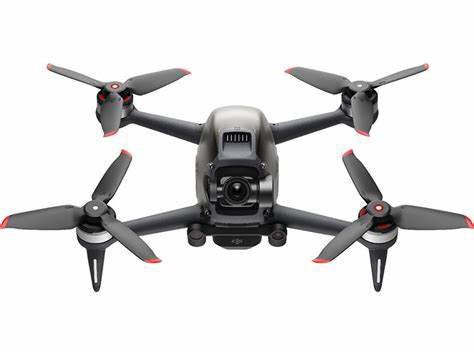 2025-07-29
2025-07-29
With the rapid development of UAV technology in recent years, rotorcraft, as one of the most mainstream air platforms, has formed two typical routes in structural design and control mode: fixed-pitch multi-rotor platform and variable-pitch helicopter platform.
Fixed-pitch quadrotor or multi-rotor platforms are widely used in small unmanned aerial vehicles and low-altitude operation scenes because of their simple structure, low cost and mature control strategies. It mainly controls attitude and thrust by adjusting motor speed, which is suitable for stable flight tasks.
In contrast, the helicopter with variable pitch mechanism has stronger control freedom and dynamic response ability. By adjusting the blade angle, rapid thrust change can be realized, and even positive and negative thrust switching can be realized, thus being competent for more complex and intense flight tasks. However, this kind of platform usually has complex system and high debugging cost, so it is difficult to realize rapid deployment and general control.
Comparing their characteristics comprehensively, WINDY Lab of West Lake University recently took Variable-Pitch Propeller MAV as the research object, and based on reinforcement learning algorithm, conducted research on high-mobility motion control. Related research has been published by IEEE-TIE. The first author is Wang Zhikun, an assistant researcher in our laboratory.
